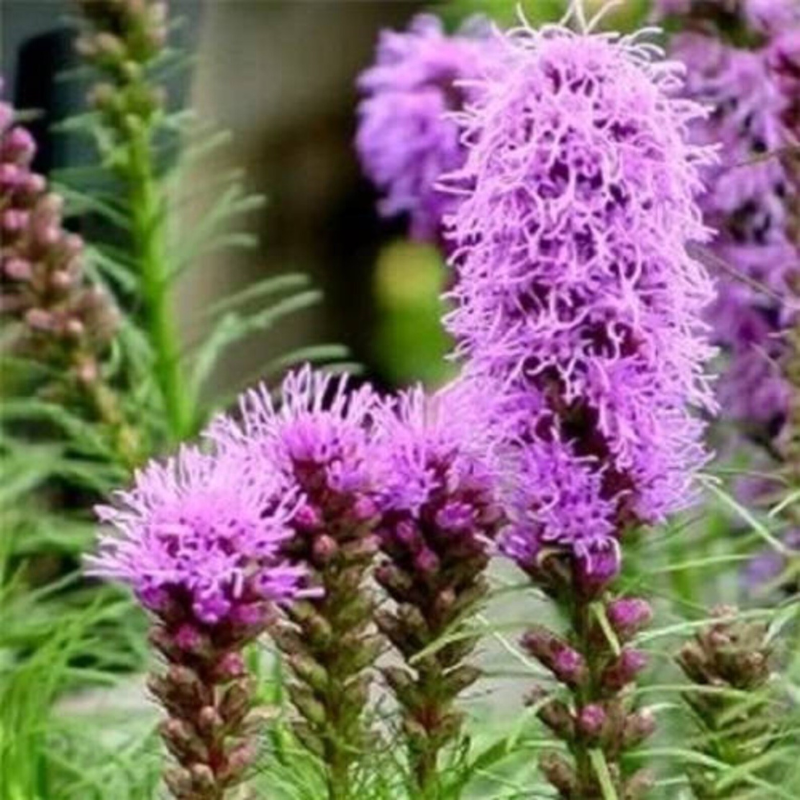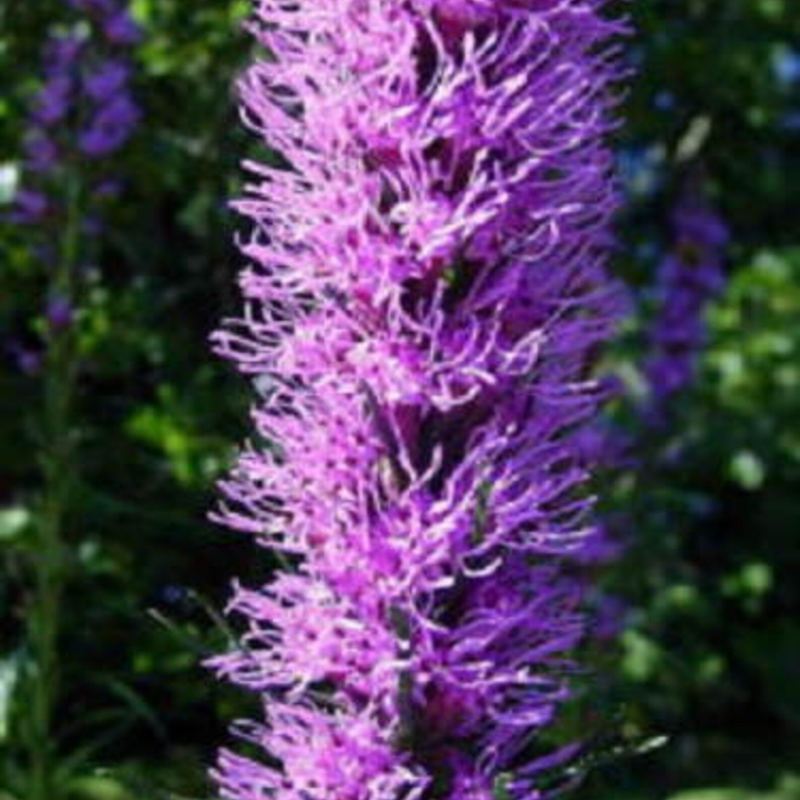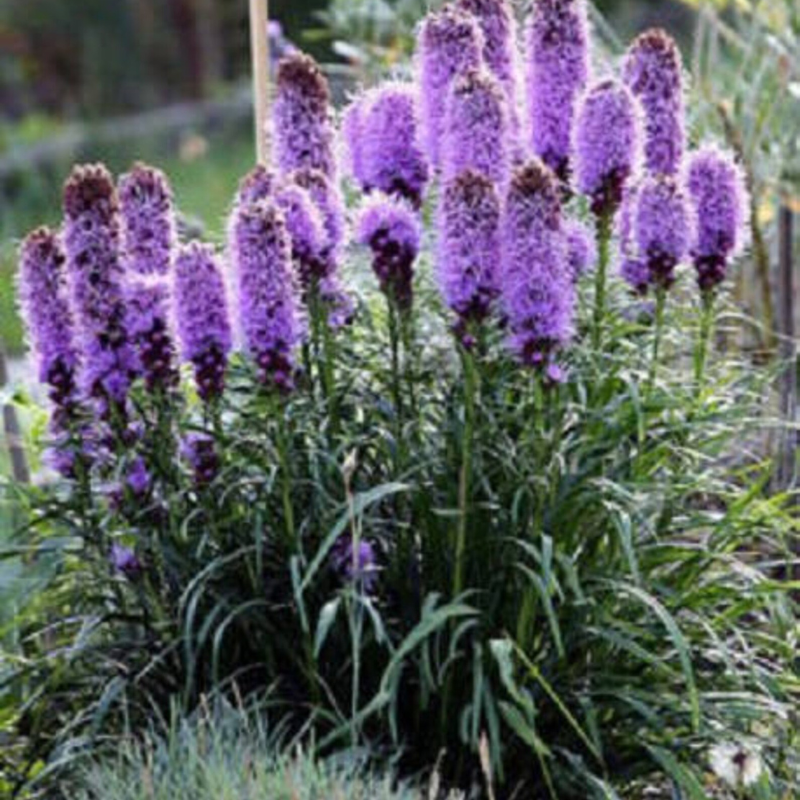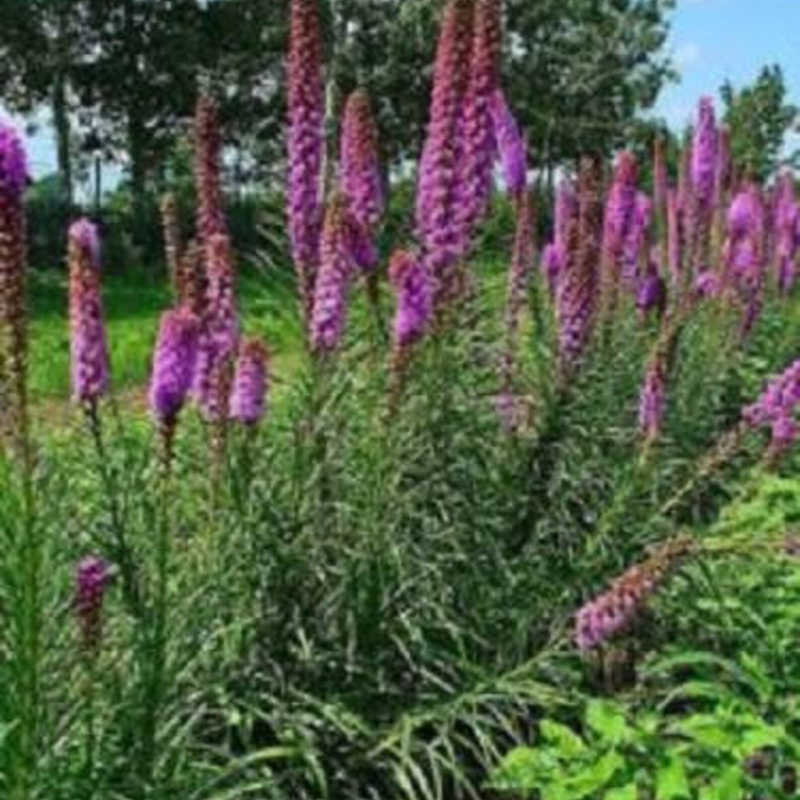- Historical context: Blazing star, also known as Liatris, is a genus of flowering plants in the Asteraceae family. These plants have been admired for their striking appearance and have been used in gardens and landscapes for centuries.
- Geographical origination: Blazing star is native to North America, particularly the eastern and central United States.
- Relevant cultural significance: Blazing star flowers have been used in traditional Native American medicine and are also popular in modern ornamental gardening.
- Time period of discovery: The exact time period of discovery is not well-documented, but they have been known and utilized by indigenous peoples for many generations.
- Original habitat: Blazing star typically grows in prairies, meadows, and open woodlands.
- Notable historical uses: Historically, Native Americans used parts of the plant for medicinal purposes, including treating sore throats and abdominal pain.
- Ideal temperature range: Blazing star thrives in temperatures ranging from 60°F to 80°F (15°C to 27°C).
- Soil type: They prefer well-drained, sandy or loamy soil with a neutral to slightly acidic pH.
- Sunlight requirements: Full sun is ideal for blazing star, as it promotes the best flowering.
- Watering needs: Moderate watering is required. The soil should be kept moist but not waterlogged.
- Planting season: The best time to plant blazing star seeds is in the spring after the last frost or in the fall.
- Germination time: Germination typically takes 20 to 45 days.
- Growth cycle duration: Blazing star is a perennial plant, meaning it will grow and bloom year after year.
- Common pests and diseases: Common pests include aphids and spider mites. Diseases can include powdery mildew and root rot if the soil is too wet.
- Companion planting advice: Blazing star pairs well with other prairie plants like coneflowers, black-eyed Susans, and ornamental grasses.
- Common challenges and solutions: One common challenge is poor drainage, which can lead to root rot. Ensuring well-drained soil and avoiding overwatering can mitigate this issue.
- Nutritional values: Blazing star is not typically consumed for its nutritional value.
- Health benefits: While not commonly used in modern herbal medicine, some traditional uses include treatments for sore throats and abdominal pain.
- Culinary uses: Blazing star is not known for culinary uses.
- Medicinal uses: Historically, parts of the plant were used by Native Americans for medicinal purposes, such as treating sore throats and abdominal pain.
- Other unique advantages: Blazing star is highly attractive to pollinators, including bees and butterflies, making it an excellent choice for pollinator gardens. Its striking flowers also make it a popular choice for cut flower arrangements.










